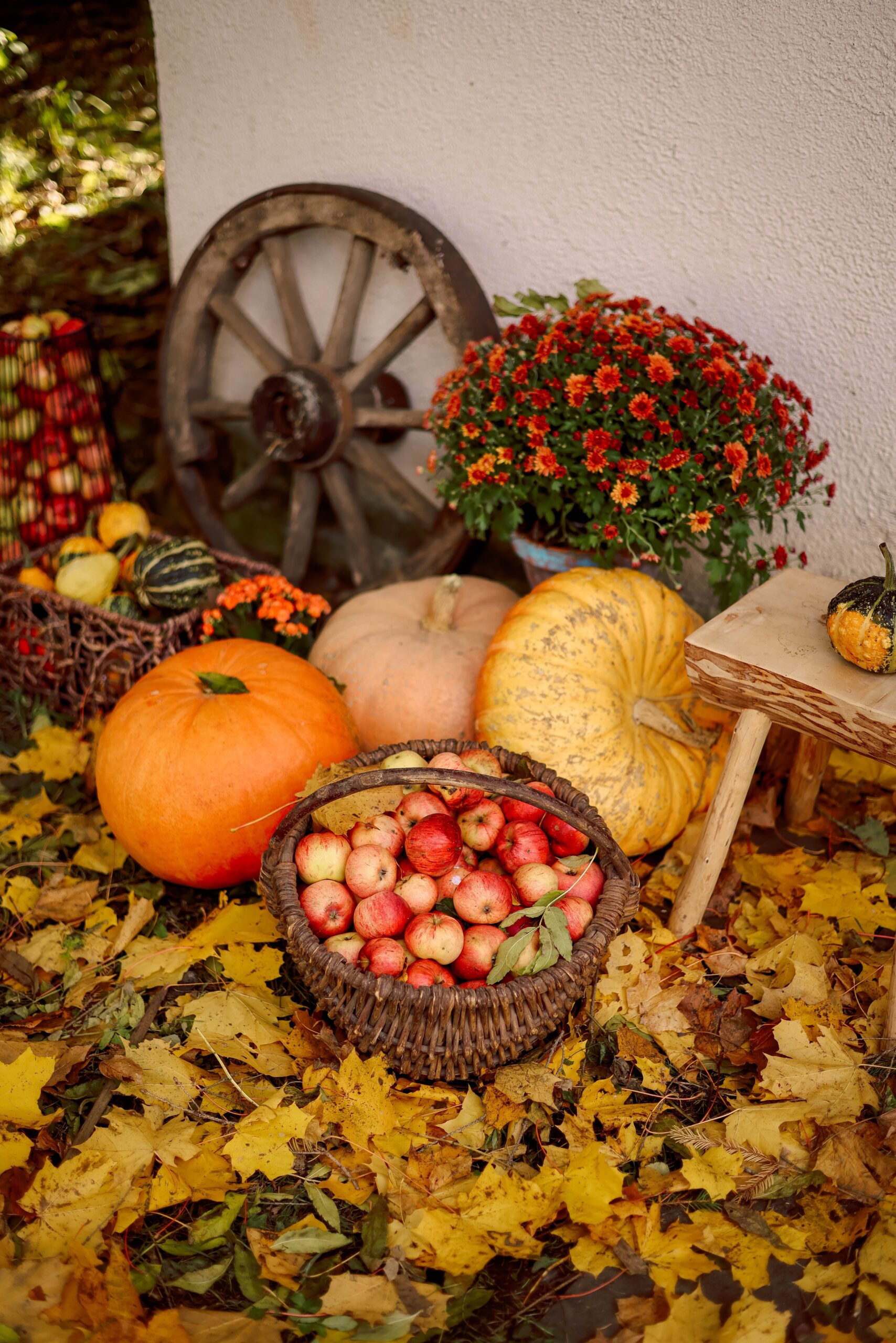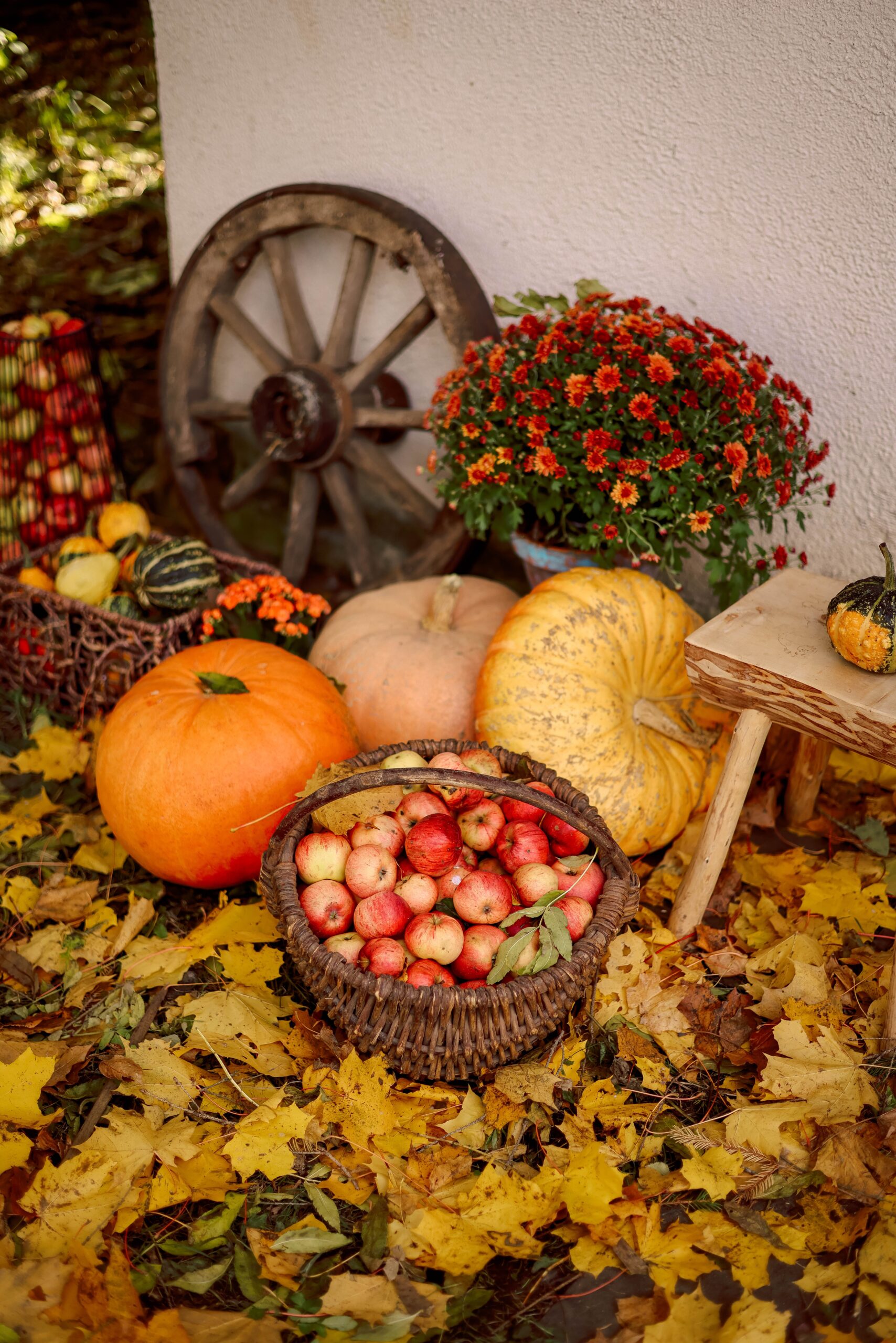Are you a passionate home cook or a professional chef looking to elevate your culinary skills? Look no further than investing in quality chef’s knives. These precision tools are an essential investment in your craft, allowing you to effortlessly slice, dice, and chop your way to culinary perfection. Tastepan.com is here to guide you in selecting the best chef’s knives for your cooking needs, ensuring that every cut is precise and every dish is prepared with finesse. With our expertise and recommendations, your cooking experience will be seamless and enjoyable, taking your culinary creations to new heights.

The Importance of Chef’s Knives
Efficiency and Precision
When it comes to preparing meals, efficiency and precision are key factors in achieving the best results. A high-quality chef’s knife can greatly enhance your efficiency in the kitchen, allowing you to quickly chop, slice, and dice ingredients with ease. The sharpness and balance of a chef’s knife enable you to make precise cuts, ensuring that each piece is uniform in size and shape. This not only saves you time but also improves the overall presentation of your dishes.
Versatility in the Kitchen
One of the major advantages of owning a chef’s knife is its versatility. This all-purpose kitchen tool is capable of handling a wide range of tasks, from slicing through thick cuts of meat to finely mincing herbs and garlic. Whether you are preparing a gourmet meal or a simple home-cooked dinner, a chef’s knife is a reliable companion that can adapt to any culinary challenge.
Longevity and Durability
Investing in a quality chef’s knife means investing in a tool that will last for years to come. The materials used in the construction of these knives, such as high-quality steel, ensure durability and longevity. A well-maintained chef’s knife can withstand the rigors of daily use without losing its sharpness or structural integrity. By purchasing a durable chef’s knife, you are making a long-term investment in your kitchen arsenal.
Understanding Knife Anatomy
Blade
The blade is the most important part of a chef’s knife. It is the portion of the knife that does the cutting and is typically made of stainless steel, carbon steel, or ceramic. The blade can vary in length, thickness, and shape, depending on the specific type of chef’s knife.
Handle
The handle of a chef’s knife provides the grip and control necessary for precise cutting. It is usually constructed from materials such as wood, plastic, or stainless steel. The shape and size of the handle can vary to accommodate different hand sizes and personal preferences.
Bolster
The bolster is the thick junction between the blade and the handle. It adds weight and stability to the knife, making it easier to control and maneuver. A well-designed bolster also helps to protect your hand from accidentally sliding onto the sharp blade.
Tang
The tang refers to the portion of the blade that extends into the handle. A full tang means that the blade extends the full length of the handle, providing a stronger and more balanced knife. Partial tangs are less sturdy and may not offer the same level of control and durability.
Balance
The balance of a chef’s knife is determined by the distribution of weight between the blade and the handle. A well-balanced knife allows for comfortable and controlled cutting motions, reducing strain on the wrist and hand. Achieving the right balance can greatly enhance your cutting technique and overall experience in the kitchen.

Different Types of Chef’s Knives
Chef’s Knife
The chef’s knife, also known as a cook’s knife, is the most essential and versatile tool in any kitchen. It typically has a broad, curved blade that tapers to a sharp point, allowing for both rocking and slicing motions. With a chef’s knife, you can handle a wide range of cutting tasks, from chopping vegetables to slicing meat.
Santoku Knife
Originating from Japan, the santoku knife is becoming increasingly popular in Western kitchens. It features a shorter, wider blade with a flat edge and a sheepsfoot tip. The Santoku knife excels at precise, clean cuts, making it ideal for slicing, dicing, and mincing.
Utility Knife
The utility knife is smaller in size compared to a chef’s knife but larger than a paring knife. It is commonly used for tasks that require more precision, such as segmenting citrus fruits, trimming fat, or slicing smaller vegetables. Its versatility and compact size make it a useful addition to any kitchen.
Bread Knife
As the name suggests, a bread knife is specifically designed for cutting bread without crushing or tearing it. It typically has a long, serrated blade that allows for clean slicing through crusty breads and soft loaves alike. A bread knife is a must-have for anyone who enjoys baking or frequently enjoys fresh bread.
Paring Knife
The paring knife is a small, versatile blade that is perfect for delicate tasks that require intricate cutting or peeling. It is ideal for peeling fruits and vegetables, deveining shrimp, or creating garnishes. Its narrow blade provides excellent control and precision.
Cleaver
A cleaver is a heavy-duty knife with a thick, rectangular blade that is mainly used for chopping through bone and tough cuts of meat. While it may not be as versatile as other chef’s knives, it excels in tasks that require strength and power, such as breaking down larger cuts of meat.
Choosing the Right Blade Material
Stainless Steel
Stainless steel is a popular choice for chef’s knives due to its resistance to rust and corrosion. It is also relatively easy to maintain, making it a practical option for everyday use. However, stainless steel blades may not hold their sharpness as long as other materials and may require frequent sharpening.
Carbon Steel
Carbon steel is known for its exceptional sharpness and ability to hold an edge for a long time. These knives are highly responsive and provide excellent control for precise cutting. However, carbon steel is more susceptible to rust and requires regular maintenance to prevent corrosion.
High Carbon Stainless Steel
High carbon stainless steel combines the best qualities of both stainless steel and carbon steel. It offers the durability and resistance to corrosion of stainless steel while still providing the sharpness and edge retention of carbon steel. High carbon stainless steel knives are a popular choice among professional chefs.
Ceramic
Ceramic blades are incredibly sharp and maintain their edge for a long time. They are also resistant to staining and do not transfer flavors between ingredients. However, ceramic knives are more susceptible to chipping and breaking if dropped or improperly handled.
Damascus Steel
Damascus steel blades are known for their beautiful, distinctive patterns and excellent performance. They are made by layering different types of steel together, resulting in a blade that is both durable and sharp. Damascus steel knives are highly sought after by chefs and collectors alike.

Factors to Consider When Purchasing a Quality Chef’s Knife
Blade Length
The blade length of a chef’s knife can vary from 6 inches to 12 inches or more. The right blade length for you will depend on your personal preferences and the tasks you frequently perform in the kitchen. Longer blades are typically better suited for slicing and chopping large ingredients, while shorter blades offer more control for intricate tasks.
Blade Edge
Chef’s knives can have either a plain edge or be serrated. A plain edge provides a clean, precise cut, making it suitable for a wide range of tasks. Serrated edges are better for cutting through tough or crusty surfaces, such as bread or tomatoes. Some knives even feature a combination of both, with a serrated section toward the base of the blade and a plain edge toward the tip.
Handle Material
The handle material can greatly affect your comfort and grip while using the knife. Common handle materials include wood, plastic, and stainless steel. Wood handles offer a traditional and natural feel, while plastic handles are lightweight and easy to clean. Stainless steel handles are often found in professional-grade knives and provide a sturdy and durable grip.
Weight and Balance
The weight and balance of a chef’s knife can greatly impact your cutting experience. Some people prefer a heavier knife for the added stability and power it provides, while others prefer a lighter knife for increased maneuverability and precision. It’s important to find a knife that feels comfortable and well-balanced in your hand to minimize fatigue and enhance your performance in the kitchen.
Maintenance and Care
Consider how much time and effort you are willing to invest in maintaining your chef’s knife. Some blades require more care, such as regular sharpening and oiling, while others are more low-maintenance. It’s important to choose a knife that fits your lifestyle and level of commitment to proper care.
Budget
It’s essential to establish a budget before purchasing a chef’s knife. While quality knives can be a significant investment, they are well worth the price considering their longevity and performance. Determine your spending limit and look for a knife within that range that meets your needs and preferences.
Benefits of Investing in a Quality Chef’s Knife
Improved Performance and Efficiency
When you invest in a quality chef’s knife, you are investing in your craft. A sharp, well-balanced knife will greatly improve your performance in the kitchen, allowing you to work more efficiently and accurately. From prepping ingredients to executing precise cuts, a quality chef’s knife will enhance every step of the cooking process.
Enhanced Control and Precision
A quality chef’s knife gives you enhanced control and precision while cutting. The ergonomic design, balanced weight, and sharp blade allow for fluid and controlled movement, enabling you to achieve consistent results in your cooking. Whether you’re slicing delicate herbs or carving a roast, a quality chef’s knife will provide the control you need for professional-level precision.
Reduced Risk of Injury
Investing in a quality chef’s knife can also reduce the risk of accidents and injuries in the kitchen. A sharp blade requires less force to cut through ingredients, reducing the chances of slipping and accidentally cutting yourself. Additionally, a well-balanced knife reduces strain on your hand and wrist, minimizing the risk of repetitive stress injuries.
Long-term Cost Savings
While quality chef’s knives may have a higher upfront cost, they offer long-term cost savings. A well-made knife made from high-quality materials will last for many years without significant degradation in performance. Cheaper knives may need to be replaced frequently, resulting in higher costs over time. By investing in a quality chef’s knife, you are making a wise investment that will save you money in the long run.
Professional and Stylish Appeal
A quality chef’s knife not only enhances your cooking abilities but also adds a touch of professionalism and style to your kitchen. Displaying a well-crafted knife demonstrates your commitment to your culinary craft. Whether you’re a professional chef or a home cook with a passion for cooking, a quality chef’s knife is a symbol of your dedication and expertise.
Caring for Your Chef’s Knife
Proper Storage
Proper storage is crucial to maintaining the sharpness and longevity of your chef’s knife. Avoid storing it in a cluttered drawer where it can rub against other utensils and potentially chip the blade. Consider investing in a knife block, a magnetic strip, or a blade guard to protect the edge and ensure safe storage.
Regular Sharpening and Honing
To keep your chef’s knife performing at its best, regular sharpening and honing are essential. Sharpening removes any dullness or imperfections from the blade, while honing realigns the edge, keeping it sharp and precise. It’s recommended to sharpen your knife professionally or use a sharpening system designed for your specific type of blade.
Hand Washing and Drying
To prevent damage and corrosion, always hand wash your chef’s knife immediately after use. Avoid soaking it in water for long periods, as this can cause the blade to rust. Dry the knife thoroughly with a towel before storing to remove any moisture.
Avoiding Improper Use
While quality chef’s knives are designed for heavy-duty use, it’s important to avoid improper use that may damage the blade or handle. Never use the knife to pry or cut through bones or frozen foods, as this can cause the blade to chip or break. Use a specialized cleaver for tasks that require more force.
Recommended Chef’s Knives Brands
Wusthof
Wusthof is a renowned German brand known for producing high-quality chef’s knives. Their knives are made from premium materials and undergo rigorous manufacturing standards. With a wide range of options to choose from, Wusthof offers knives that cater to both professional chefs and home cooks.
Shun
Shun is a Japanese brand that combines centuries-old samurai sword-making techniques with modern technology to create exceptional chef’s knives. Their blades are known for their sharpness and precision. Shun knives often feature a beautiful Damascus pattern on the blade, adding to their overall appeal.
Victorinox
Victorinox is a Swiss brand that is widely recognized for its craftsmanship and quality. Their chef’s knives offer excellent performance at a more affordable price point. Victorinox knives are known for their durability, sharpness, and comfortable handles.
Global
Global is a Japanese brand that is known for its sleek and contemporary design. Their knives are crafted from high-quality stainless steel and feature a unique, one-piece construction, providing excellent balance and control. Global knives are favored by many professional chefs worldwide.
Dalstrong
Dalstrong is a relatively newer brand that has quickly gained popularity for its exceptional performance and striking design. Their knives are handcrafted using premium materials, such as high-carbon stainless steel and G10 handles. Dalstrong knives are built to last and deliver exceptional cutting performance.
Tips for Choosing the Right Chef’s Knife for You
Try Before You Buy
It’s essential to try a chef’s knife before making a purchase. Visit a specialty store or kitchen equipment retailer that allows you to handle and test different knives. Pay attention to how the knife feels in your hand, its weight, and how well it balances. This hands-on approach will give you a better idea of which knife suits you best.
Consider Your Cooking Style
Consider your cooking style and the types of dishes you frequently prepare. If you primarily cook with vegetables and delicate ingredients, a chef’s knife with a thinner blade may be more suitable. If you often work with thick cuts of meat or poultry, a heavier, sturdier knife may be a better choice. Choose a chef’s knife that aligns with your culinary preferences and needs.
Handle Comfort and Grip
The comfort and grip of the knife’s handle are important factors to consider. Look for a handle that feels comfortable and secure in your hand, allowing for a firm grip and minimal strain on your fingers and wrist. If possible, test different handle materials to see which one provides the best grip and comfort for you.
Visit a Specialty Store
While online shopping can be convenient, visiting a specialty store can provide you with a better selection and expert advice. Specialty stores often carry a wide range of chef’s knives, allowing you to compare different brands, styles, and materials side by side. The knowledgeable staff can also provide guidance and recommendations based on your specific needs.
Read Reviews and Recommendations
Before making a final decision, read reviews and recommendations from other chefs and home cooks. Learn from their experiences and consider their insights when choosing a chef’s knife. Online forums, cooking blogs, and review websites can be valuable resources for gathering information and getting a sense of the quality and performance of different knives.
Consider Your Budget
Consider your budget and stick to it. Chef’s knives can vary greatly in price, so it’s important to find a knife that fits within your budget without sacrificing quality and performance. Remember that a quality chef’s knife is an investment that will last for years, so it’s worth allocating a reasonable amount to ensure you get a knife of good quality.
Conclusion
Investing in a quality chef’s knife is an investment in your craft. With its efficiency, precision, versatility, and durability, a chef’s knife is an indispensable tool in any kitchen. By understanding the anatomy of a knife, the different types available, and the factors to consider when purchasing, you can choose a chef’s knife that suits your needs and preferences.
A quality chef’s knife offers improved performance, enhanced control, and reduced risk of injury, making every cooking experience more enjoyable and rewarding. It also provides long-term cost savings compared to frequently replacing cheaper knives. Furthermore, a well-crafted chef’s knife adds a touch of professionalism and style to your kitchen.
Caring for your chef’s knife is essential to maintain its sharpness and durability. Proper storage, regular sharpening and honing, hand washing, and avoiding improper use will ensure that your knife serves you well for years to come.
When it comes to recommended brands, Wusthof, Shun, Victorinox, Global, and Dalstrong are all highly regarded for their quality and performance. Finally, follow the tips mentioned above when choosing the right chef’s knife for you, considering factors such as your cooking style, handle comfort and grip, and budget.
In conclusion, investing in a quality chef’s knife should not be overlooked. By choosing quality over quantity, you are equipping yourself with a versatile, efficient, and long-lasting tool that will elevate your culinary skills and bring joy to your cooking experiences.

